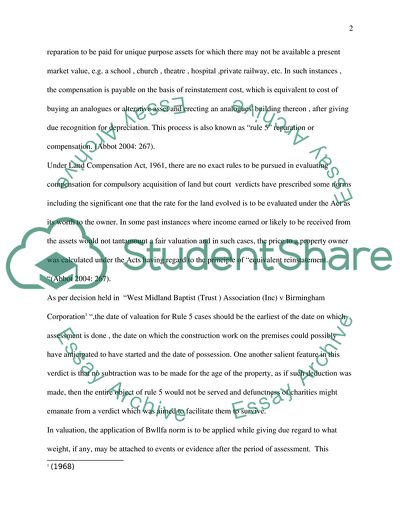Cite this document
(Section 5 of the Land Compensation Act 1961 Essay, n.d.)
Section 5 of the Land Compensation Act 1961 Essay. https://studentshare.org/law/1736781-law-essay-compulsory-purchase
Section 5 of the Land Compensation Act 1961 Essay. https://studentshare.org/law/1736781-law-essay-compulsory-purchase
(Section 5 of the Land Compensation Act 1961 Essay)
Section 5 of the Land Compensation Act 1961 Essay. https://studentshare.org/law/1736781-law-essay-compulsory-purchase.
Section 5 of the Land Compensation Act 1961 Essay. https://studentshare.org/law/1736781-law-essay-compulsory-purchase.
“Section 5 of the Land Compensation Act 1961 Essay”. https://studentshare.org/law/1736781-law-essay-compulsory-purchase.


